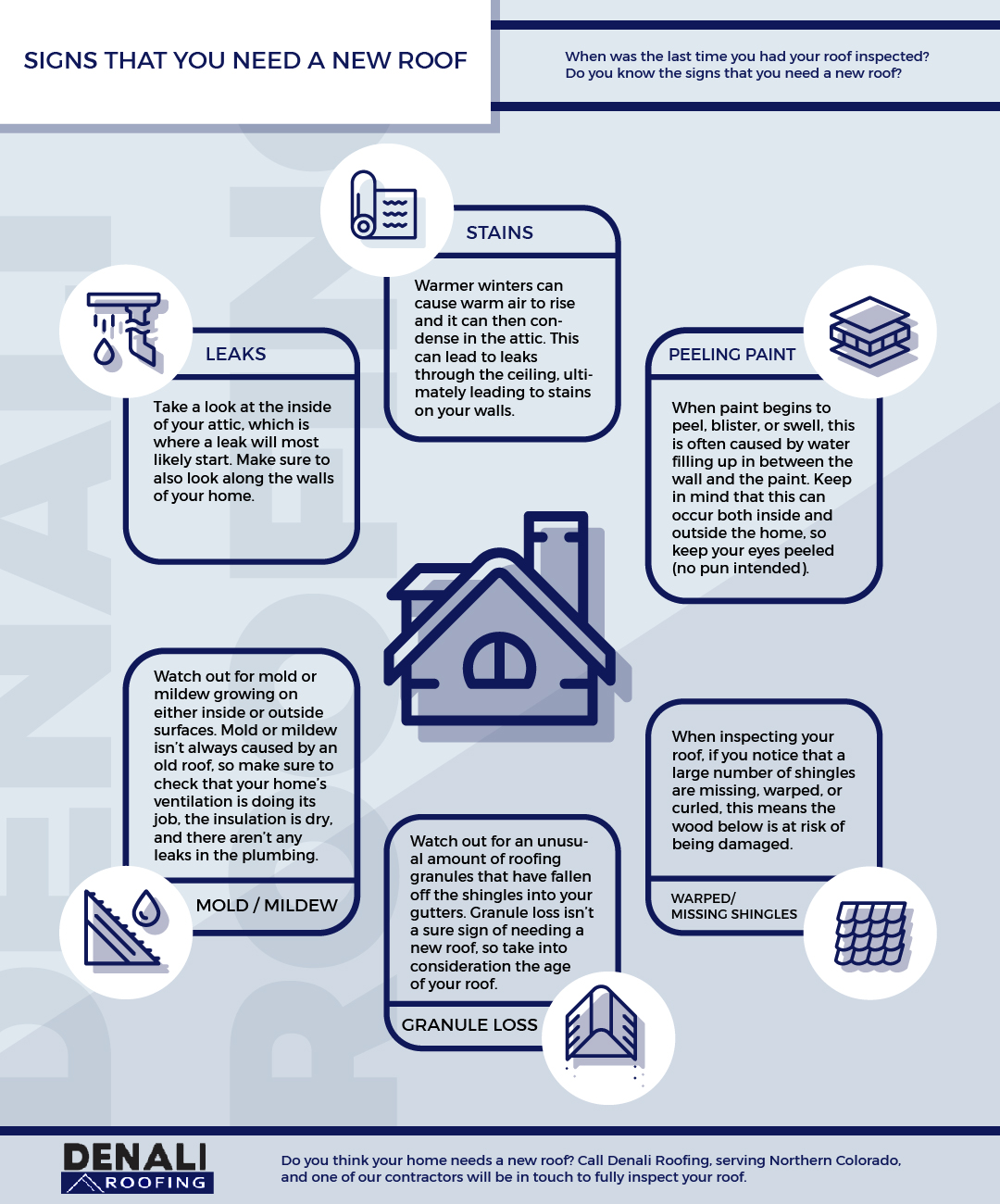The Role Of Roofing System Ventilation In An Effective Setup
The Role Of Roofing System Ventilation In An Effective Setup
Blog Article
Material By-Hermansen copyright
When you're taking on a roof covering task, you might not believe much about roofing system air flow, but it's more important than you realize. Reliable ventilation aids manage temperature level and wetness in your attic room, stopping issues like mold and mildew and architectural damages. By comprehending how to develop and set up a balanced air flow system, you can improve power performance and lengthen the life expectancy of your roof products. So, what are the vital aspects to consider throughout setup that can make all the difference?
Relevance of Roofing System Ventilation
Roof air flow plays a crucial duty in preserving the overall health and wellness of your home. By permitting fresh air to flow with your attic room, it aids control temperature level and moisture levels. This balance is important to prevent warmth accumulation throughout hot months, which can result in enhanced energy expenses as your a/c burns the midnight oil.
In addition, proper ventilation considerably lowers the threat of moisture-related problems like mold and mildew and mildew. If humidity levels rise, your home's structural integrity can be compromised, bring about expensive repair work. You would not wish to handle deteriorating timber or distorted roof covering products, right?
Furthermore, adequate air flow prolongs the lifespan of your roof. When heat and dampness are kept in check, your roof can perform efficiently, stopping early deterioration. This implies less migraines and expenditures down the line.
Just How Roofing Ventilation Functions
Effective roof covering air flow relies on the natural movement of air to produce an equilibrium in between consumption and exhaust. When you set up vents, you're essentially enabling fresh air to enter your attic while allowing hot, stagnant air to leave. This process assists manage temperature level and moisture degrees, stopping problems like mold development and roof covering damage.
Consumption vents, normally discovered at the eaves, pull in trendy air from outdoors. At https://andrenduka.blogunok.com/33436610/comparing-steel-vs-roof-shingles-roof-covering-advantages-and-disadvantages , exhaust vents, located near the ridge of the roofing, allow hot air rise and leave. The distinction in temperature produces a natural airflow, called the pile effect. As warm air rises, it produces a vacuum cleaner that pulls in cooler air from the reduced vents.
To optimize this system, you require to make sure that the consumption and exhaust vents are properly sized and positioned. If the consumption is limited, you won't accomplish the wanted air flow.
Similarly, insufficient exhaust can catch heat and moisture, bring about potential damages.
Trick Installation Factors To Consider
When setting up roof covering air flow, a number of key factors to consider can make or damage your system's performance. First, you require to examine your roofing's style. The pitch, shape, and products all influence airflow and ventilation choice. Make sure to select vents that fit your roofing kind and neighborhood environment problems.
Next, take into consideration the placement of your vents. Ideally, you'll want a well balanced system with consumption and exhaust vents placed for optimum airflow. Place consumption vents low on the roofing system and exhaust vents near the peak to encourage a natural flow of air. This arrangement aids avoid wetness accumulation and promotes energy effectiveness.
Don't forget about insulation. Correct insulation in your attic room stops warmth from leaving and keeps your home comfy. Make sure that insulation doesn't obstruct your vents, as this can hinder air flow.
Lastly, think about maintenance. Select ventilation systems that are easy to access for cleaning and inspection. gutter cleaning service near me guarantees your system continues to operate properly over time.
https://www.architectureanddesign.com.au/suppliers/tractile/cyclone-proof-roofs-with-tractile
To conclude, roof ventilation is necessary for a successful setup. By guaranteeing correct airflow, you can stop heat build-up and moisture issues that result in pricey damages. When you purposefully position intake and exhaust vents, you improve power performance and lengthen the life-span of your roof covering. Keep in mind, a well-ventilated roof covering not only secures your investment however likewise improves your interior air top quality. So, prioritize ventilation to guarantee a resistant and economical roofing system for your home.
